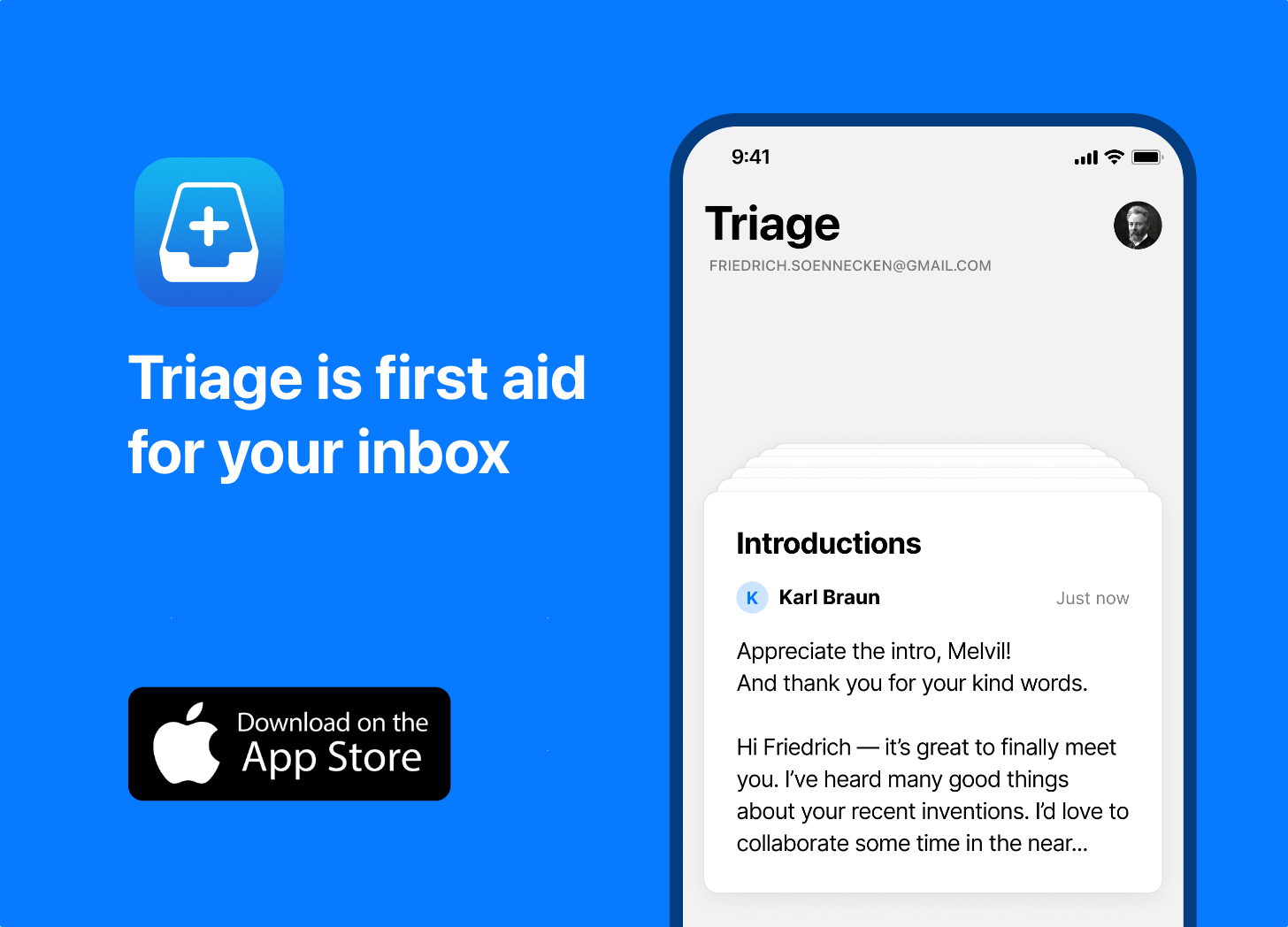This is Part II in a two-part series. Part I was published on 24-Jan.
Another one from Guy and Garr :
Question: What is the single most important thing people could do to enhance their presentations?
Answer: Turn off the computer, grab some paper and a pencil, and find someplace quiet. Think of the audience. What is it they need? What is it you want to say that they need to hear. Identify what’s important and what is not. You can’t say everything in a twenty-minute talk—or even a two-hour talk.
The problem with most presentations is that people try to include too much. You can go deep or you can go wide, but you can’t really do both. What is the core message? This time “off the grid” with paper and pencil or a white board is where you can clarify your ideas and then get them on paper visually. After your ideas and basic structure are clear, then you can open up the software and start laying out the story in the slide sorter view.
Replace the word “presentations” above with “software” and the same great advice holds, I think.
Certainly the part about turning off your computer and spending some time thinking about what your audience needs and considers important, as tempting as it is to jump straight in and start coding.
But the real gem here in my opinion is the observation that you can go deep or wide but not both.
Just like presentations I think that most people building software try to include too much. Adding more features is a natural inclination. It’s actually ingrained in the social order of software developers - within teams enhancing existing features never seems to have the same status as adding something new. But, it should.
Can you have both the most features and be the easiest to use?
When you look around there are not many examples of software products which have achieved this.
So which of these two alternatives are you choosing, consciously or otherwise?
